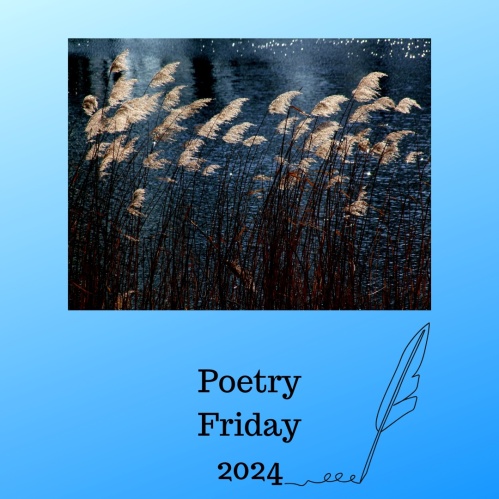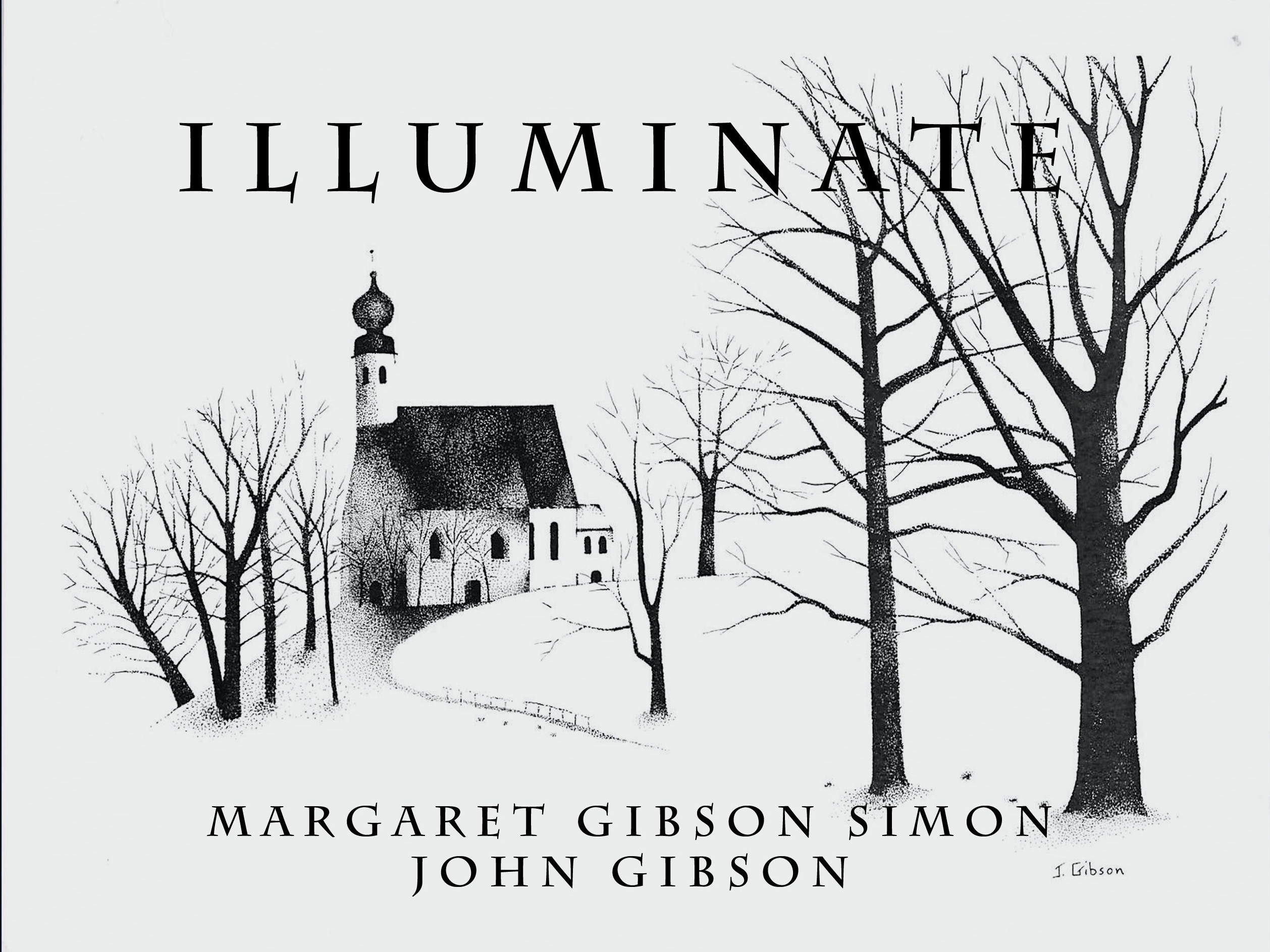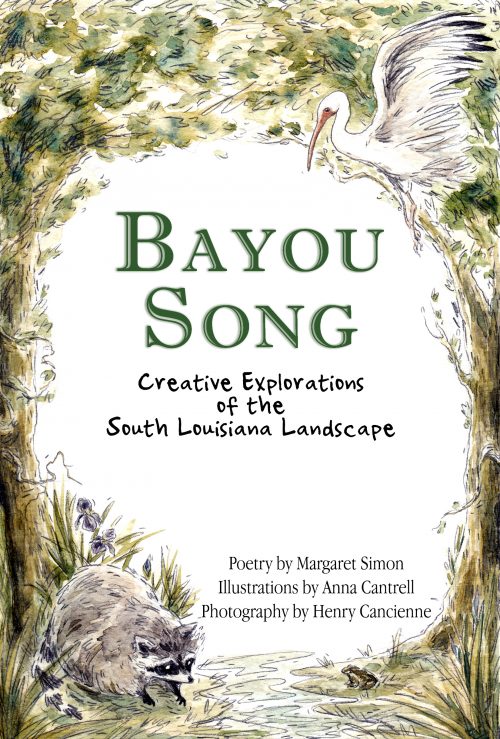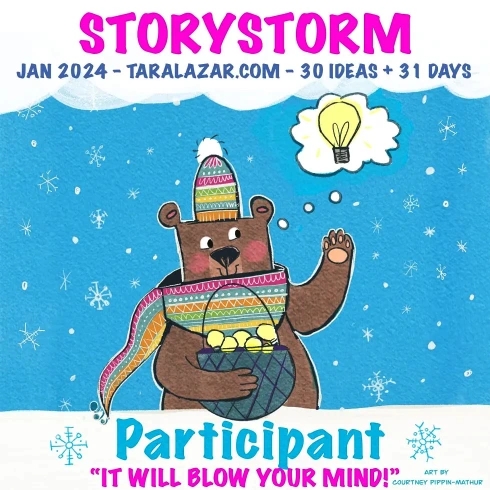
[Bob Goff]
Just like exercise, drinking water, and calling your mom, whimsy should be a part of your day. But you can’t really create whimsy. If you relax and smell the roses, is that whimsy or wonder? No matter! This is Ruth’s invitation: “Look around your corner of the world and find something whimsical. Take a picture. Write about it. (Don’t make this more complicated than it needs to be.)”
The weather has turned quite chilly, so I’m not spending much time outside. But yesterday when the recess bell rang, I walked outside to chat with colleagues and shot a photo of the sky. My friend Erica said, “You always stop to smell the roses.” Doesn’t everyone? If you are not one of those people who looks up, smells the cool air, and takes time to notice the wildflowers, then take a little advice from me; start now!
My grandchildren are an endless source of wonder and whimsy. When I was with them last weekend, my daughter was trying to put hooks on the back of a framed painting. She had gotten out all the tools she needed and put them on the counter. Leo, age 3, loves to work with real people tools. When he started whining that he had to see his mother, I knew what he really wanted was to “help” her fix the frame.
I called to him as he clung to Maggie’s leg crying “I want Mommy!”
“I have a tool here and some yarn that needs fixing.” I held up a crochet needle and a strip of red yarn and a toilet paper tube. He came running, sat down next to me, and patiently wove the yarn in and out of the TP tube. It was a brief moment of whimsy and wonder and his mother was able to finish her project.
Some of us in the PF world are working on poems for a big competition inspired by Taylor Mali’s metaphor dice. I wouldn’t post anything I thought could be a contender but this draft was fun, whimsical practice. (Metaphor roll: my heart, bright, brand new toy)
The Possibility of Death; The chance for Wonder
Hold me, he whines,
straining to see what cool tools
Mom has gathered for a project.
She raises the toddler to sit on the counter-top
and walks away to find more supplies.
Meanwhile, the coasters in metallic gold
look shiny in the toaster. Then “NO!”
Daddy saves the boy and the toaster of coasters.Each day holds the possibility of death.
My heart is like a bright brand new toy,
which is to say Mamère has cool tools, too–
crochet needle, yarn, and a cardboard tube
that temporarily become a magic wand
sprinkling sparklers through a telescope.Each day holds the possibility of wonder.
Margaret Simon, draft





























